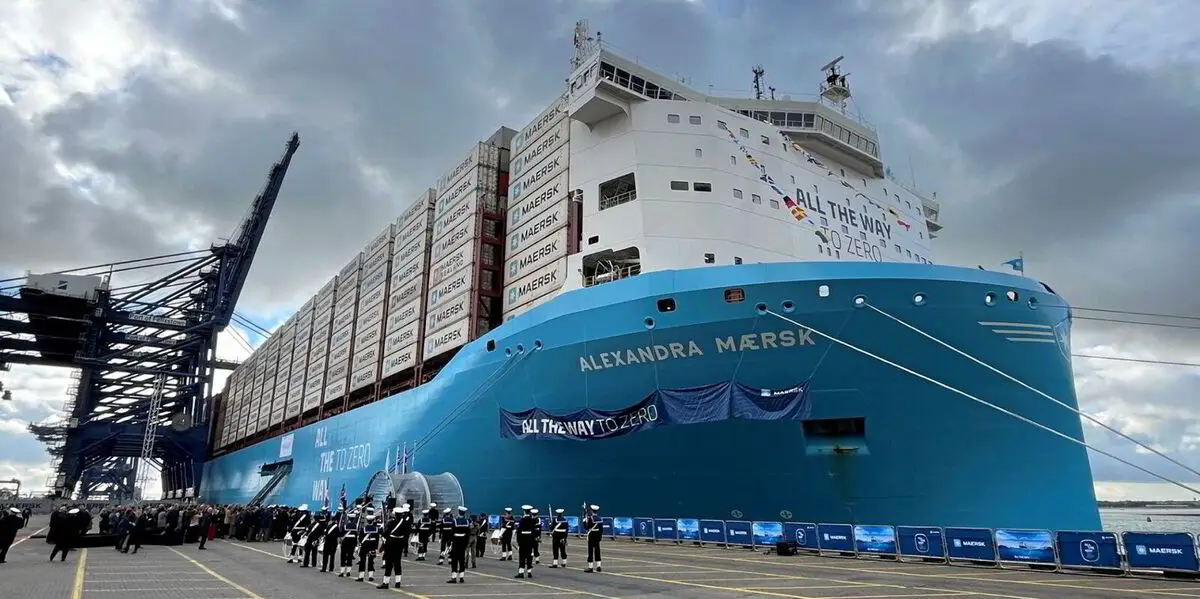The maritime industry’s shift towards liquefied natural gas (LNG) has seen a dramatic rise, with LNG-fueled container ships now making up over half of all new orders for 2024.
This increase is largely driven by the need to reduce emissions and comply with international environmental regulations. As the industry moves towards decarbonisation, LNG is becoming the preferred alternative to traditional fuel, offering lower carbon output while improving energy efficiency in global shipping.
Rise of LNG-Powered Ships
The shift toward LNG-powered container ships reflects the industry’s commitment to sustainability and its efforts to meet global climate goals. Shipping companies are responding to the pressures of decarbonisation by embracing LNG, which is widely seen as a cleaner alternative to conventional marine fuel. This movement toward LNG comes as part of the maritime sector’s broader goal to align with international emission reduction targets set by organisations like the International Maritime Organization (IMO).
Benefits of LNG
LNG offers several advantages over traditional marine fuels. It significantly reduces carbon dioxide emissions, as well as sulphur and nitrogen oxides, helping shipping companies meet increasingly stringent environmental regulations. Moreover, LNG is considered a “transition fuel” that bridges the gap between traditional fuel sources and future zero-emission technologies, making it an attractive choice for shipowners looking to future-proof their fleets.
“The rising demand for LNG-powered ships is a clear sign of the shipping industry’s commitment to cleaner energy solutions.” – Industry Expert
Future Outlook for LNG in Shipping
With the majority of 2024 container ship orders now opting for LNG, the future of LNG in shipping looks promising. However, the industry remains mindful that LNG is not a permanent solution to the decarbonisation challenge, as further innovations such as hydrogen, ammonia, or battery-electric systems may eventually take precedence. Nevertheless, for now, LNG represents a significant step forward in the industry’s journey toward greener shipping practices.









